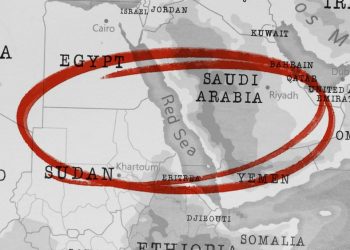The incremental costs of diverting a tanker from Asia to NW Europe via the Cape of Good Hope is accounting for an extra $932,905 USD per voyage while increasing transit time from 16 days to 32 days according to a report by LSEG Shipping Research.
These additional costs mostly accounts for extra fuel and increases costs for an Aframax tanker by 110%, while for a large container vessel it increases by 35% for a voyage between Asia to NW Europe. Daily container vessel traffic within the Red Sea have dropped by almost 60% since mid-December, with the larger container ships being the most responsive to avoid the region as their transits have declined by over 80%.
Furthermore, transits through Suez have been hugely affected following the Red Sea attacks. Average monthly transits through the Suez from June to November 2023 was seen at 1914. This dropped to 1672 in December, a 12.6% drop in transits and January month-to-date transits are assessed at 947 as of 22nd Jan, which translates to a 32.6% decline.

For those that elect to transit via the Red Sea, ships are also using AIS to broadcast deterrence messages in addition to standard security protocols.
As we saw with the grounding of the Ever Given in 2021, the importance of the Suez Canal and the Red Sea to global trade cannot be understated. The impact of this conflict is therefore considerable leading to very difficult decisions to be made regarding financial costs and security risks.
… said Fabrice Maille, Global Head of Shipping at LSEG
Meanwhile, on January 24, 2024, anti-ship missiles were fired at the Maersk Detroit and Maersk Chesapeake, two U.S.-flagged containerships run by Maersk Line, Limited. As a consequence, Maersk Line, Limited has taken the decision to cease transits in the area in until further notice.

































































